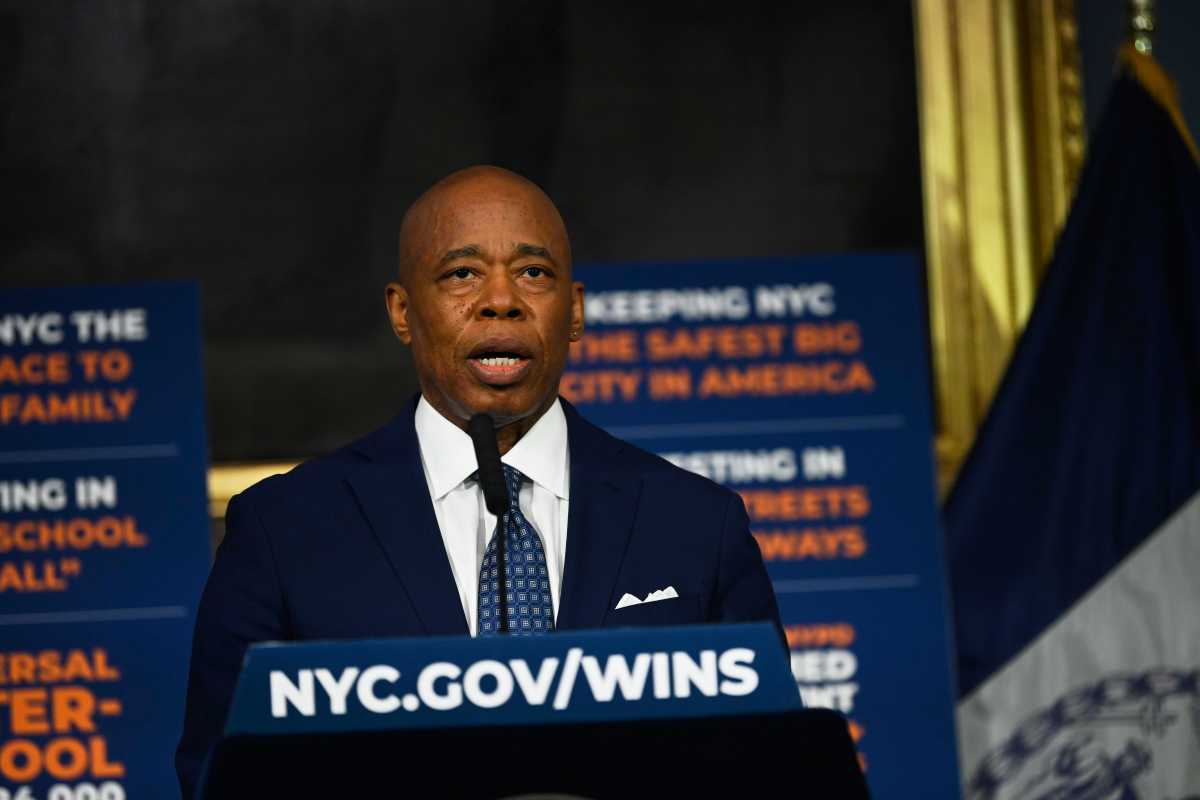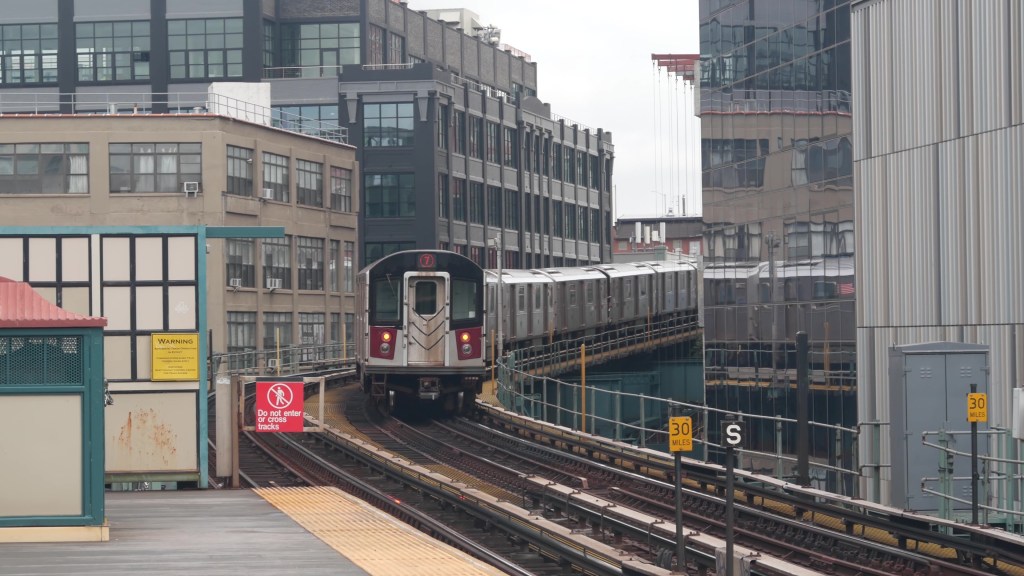By Prem Calvin Prashad
The resounding primary defeats of former Independent Democratic Conference members is certain to cause a shuffle of legislative priorities in Albany.
One such priority in the New York State DREAM Act which, despite sharing a name with the Obama-era DREAM act, would instead create a fund for scholarships for undocumented children to enter college and provide access to certain benefit programs, such as the Tuition Assistance Program.
The NY DREAM Act was introduced approximately five years ago by state Sen. Jose Peralta. After passing the Assembly, it was narrowly defeated in the Senate. Since then, the NY DREAM Act has been included in and then negotiated out of every subsequently budget proposal. Peralta was one of the IDC members to lose a seat in last month’s primary. Jessica Ramos, his successful challenger, supports the legislation.
Though IDC members co-sponsored the bill, sufficient will did not exist in the governor’s office, nor within the IDC, to press the legislation forward against the Republican caucus. In recent years, most significant legislation has passed by way of inclusion the state budget, which is subject to negotiations between the Republican and Democratic caucuses. Without the IDC caucusing with the Republicans, Democrats now feel that they may have more leverage to control the budget.
State Republicans are largely against the measure, asserting that the bill would create tax burden on middle class taxpayers. Even in the most basic terms, this is not necessarily true, as the scholarships, according to the draft of the legislation, would come from a “DREAM Fund,” which will not receive state support.
Additionally, in terms of making undocumented student eligible for other aid and assistance, all residents of New York state pay sales tax and undocumented persons that are employed under legal circumstances also pay payroll taxes. Notably, state Republicans were hesitant to back measures to increase college affordability within the state, insisting on the residency requirement and that private institutions by covered as well.
Though the prospect of non-citizens receiving the same aid as citizens to go to college may not sit well with some, the NY DREAM Act is an extension of initiatives already in place to make college more affordable for all New Yorkers. This includes the Excelsior Scholarship, which provides a subsidy for families with an annual household income of 125k, as of 2019. Like the Excelsior scholarship, which mandates a credit load and residency in New York after graduation, the DREAM Act, if it passes, is likely to carry similar stipulations for grant recipients.
Notably, the Excelsior scholarship funds are considered “last dollar”, meaning they cover tuition only after all other financial aid has been exhausted. It does not cover boarding and living expenses. Indeed, many backers within the SUNY and CUNY systems felt that they program would have the largest impact on prospective community college students, many of whom would not be able to attend college due to having to cover their own tuition. Indeed, the CUNY system was tuition-free until 1976 and in some regards, these programs are a return to that tradition.
An investment in the futures of undocumented youth, especially combined with the state’s existing investment in middle and low-income households is one that is certain to reap dividends as those college students become taxpayers themselves. As the current draft of the legislation indicates, “young people generally derive their immigration status from their parents,” which, in of itself may preclude them from a better future, even if they have lived most of their lives in the United States.
At a time where a college degree has supplanted the high school diploma, only 5 to 10 percent of undocumented students are able to attend college. The notion that one might have to remain marginally employed or sacrifice educational opportunities due to the circumstances under which they came to this country is unjustifiable.
With more than a million undocumented residents, New York state must consider the long-term welfare of all residents, citizen or not.




































